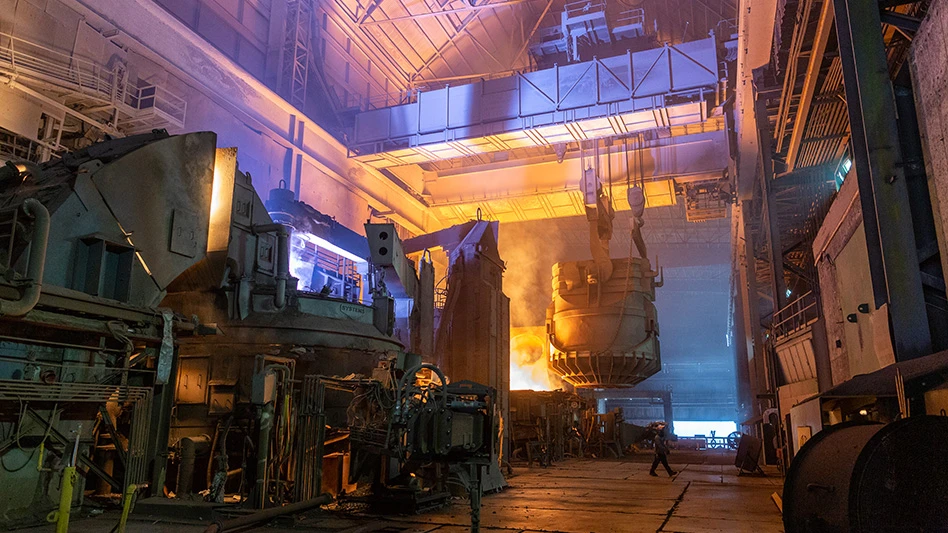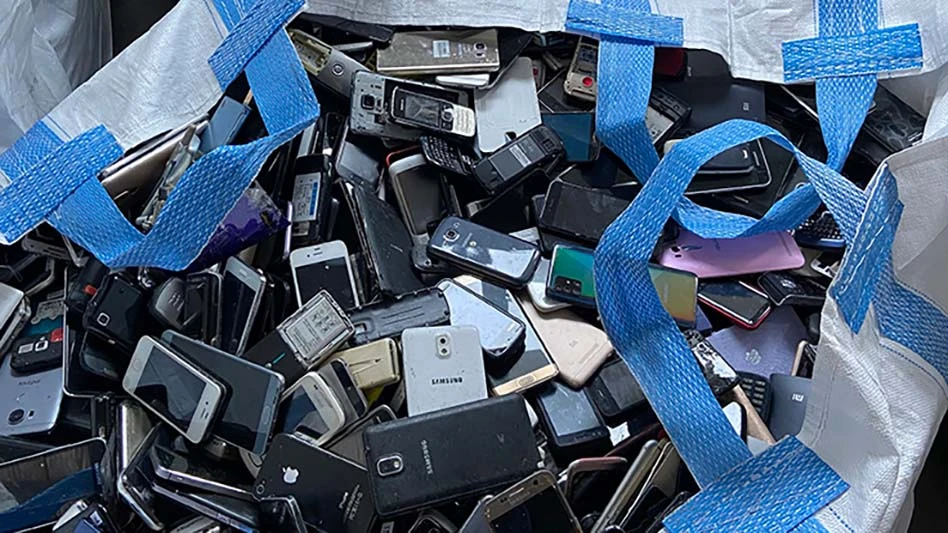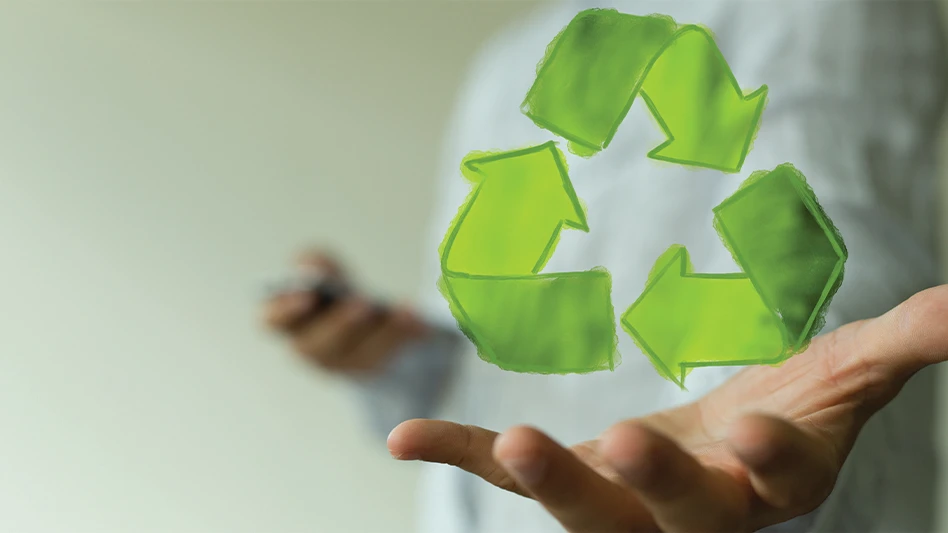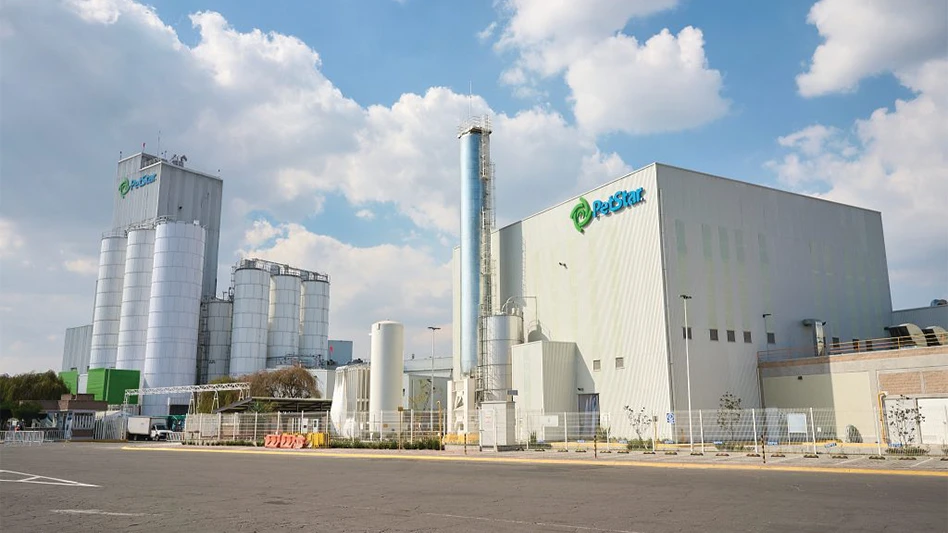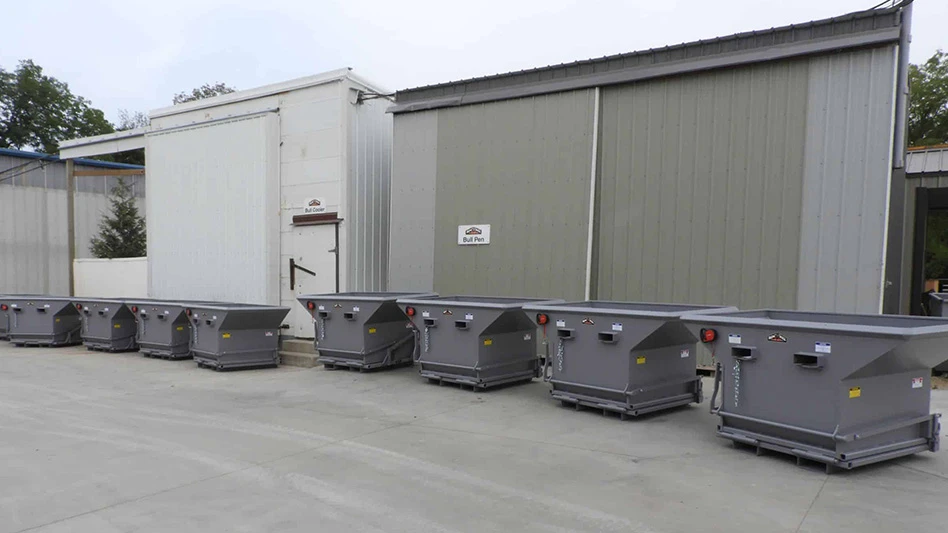
© vectorfusionart - stock.adobe.com
The presence of e-commerce had been growing in recent years, and its presence boomed this year in part because of the COVID-19 pandemic.
“I think everyone is seeing significant growth in e-commerce, with people avoiding face-to-face interactions right now,” says Kevin Hudson, senior vice president of Forest Resources and Recycle Fiber at Atlanta-based WestRock.
Prior to the pandemic, Hudson says e-commerce had been growing but not too rapidly. He says it seemed as if some people were still hesitant to order online. However, he says, the pandemic has forced some of those people to begin ordering online.
“More and more people stepped into e-commerce [in 2020],” he says. “That’s not necessarily a trend but an observation of what’s to come.”
E-commerce growth impacts containerboard and corrugated box industries as well as old corrugated containers (OCC) recycling several ways. Recycling Today followed up with Hudson in December to gauge how e-commerce is affecting the containerboard and recycling industries.
Recycling Today (RT): What are some of the biggest trends you are noticing with online shopping and e-commerce? How do these trends impact WestRock?
Kevin Hudson (KH): I think that e-commerce has accelerated more sustainability components of packaging. The second thing I’ve seen is our customers’ increasing focus, as e-commerce becomes a larger part of business, is on right-sizing packaging. This is a key area, certainly, WestRock is positioned well with box sizers to help create shipping boxes that are better suited for products. I think in that process, you’re going to have several key advantages for our customers and consumers. Consumers are focused on environmentally friendly sustainable packaging. As you right-size, you’ll see less fiber used, so that’s a good thing. You’re also going to see improved protection for the products as the industry grows its focus on e-commerce.
RT: How are e-commerce trends impacting recovered paper markets? What does a surge in e-commerce mean for recycled commodities?
KH: I’m cautious on any statements related to supply and demand—that’s not my place to speculate. But in general, just an increase in e-commerce by itself would not change one way or another demand for overall fiber-based packaging. There is a broader global economy that will play in there. So, what does commercial manufacturing and the retail sector demand for boxes—how does that change as e-commerce changes? That I can’t speculate on.
But as more shifts are made to an e-commerce platform, we do anticipate the collection of boxes to change. I don’t think it specifically creates a surge in demand; I don’t think it’s directly correlated. It goes back to balance between e-commerce, commercial, retail and manufacturing presence. It does change the dynamics of collection.
Today, you go back in time two years, as more volume was in the retail stores or commercial outlets, obviously the collection of [old corrugated containers, or OCC] was clean and pure. Boxes were sent to consumers in that form. As you see more e-commerce, changes will be more focused on how do you sort material to get clean OCC that you had been getting from behind-store collection programs? How much of that OCC will be collected from an e-commerce chain or residential recycling chain versus behind-store collection? Of that volume that shifts from behind store to residential collection, how much of that volume will be smaller boxes, and how will those boxes be sorted from other single-stream materials such as plastics and aluminum all has to be sorted now at residential single-stream facilities instead of commercial sorting facilities. That plays a larger role in the near-term future—what is the sorting capacity of recycling operations today versus what they need to be managed.
RT: How much has the pandemic affected e-commerce trends you’re mentioning?
KH: My opinion is this has shifted over time. I think initially I thought we’d see an initial increase in e-commerce and then as the virus came under control, you’d see a lag back to historic norms. But I think COVID has truly shifted the mindset at least in the U.S. population of the acceptance of e-commerce as a viable alternative. Even now, you see some larger retail stores with the carryout or delivery of products to households, not necessarily through Amazon or whatnot but through store platforms themselves. People are becoming more used to that as a way to shop. Certainly, I think all of the surge in e-commerce participation is driven by COVID. I think COVID has been here long enough and manufacturers and retail centers have adapted to where I think it will stay. More of this increase will stay than what I originally thought.
RT: What does the increased e-commerce use look like from your perspective?
KH: What we’re seeing with our customers is trends forcing them to shift fast. If you think about it, retail has had a stable platform and e-commerce was a piece of it. [Before COVID], e-commerce grew in retail programs but at a level that was predictable. Now, I think what you see is customers need to shift fast.
It’s not just online shopping. A lot of the pandemic has brought about that forced consumers to change how they consume even takeout food. Takeout food is much more the norm than sitting at a restaurant. If you look at actual takeout packaging, people want to know that the takeout packaging has not been tampered. WestRock created Bio-Pak to protect food containers; it provides consumers with a high level of confidence that their takeout has not been contaminated.
RT: What are some advances in sustainable packaging that have been innovative this past year?
KH: The CanCollar product is one. If you think about it, you have traditionally had plastic collars to hold six-pack beverages together. We’ve created a fiber-based replacement can collar to replace difficult-to-recycle plastic collars. So, this is another area where enhancing the use of fiber-based products that are easy to recycle and replacing other less-recycled materials is an area we’ve really got a lot of groundwork with.
While we say advances, I think really just focusing on what can be recycled is just as important. You’ve heard us talk about our partnership with Domino’s. In this process, we’ve participated in several studies to understand what level of grease and residues from pizza that would be left on the pizza box—how much is acceptable in recycling? We discovered the volume of grease and other materials in there is acceptable to filter out and make good paper from. This is a huge study and project we’ve had with Domino’s. … This is an area we have to work with customers to help people understand they can recycle this material.
Latest from Recycling Today
- Autocar releases Smart Battery Cable to advance refuse truck fire safety
- PLASTICS launches Positives of Plastics website
- Impact Air Systems launches compact ZAC400
- PCA to shut down paper machines at Washington containerboard mill
- BMRA provides landfill guidance for UK shredder operators
- Fornnax high-capacity tire recycling plant
- EU introduces measures to secure raw materials, strengthen economic security
- US Steel to restart Illinois blast furnace

